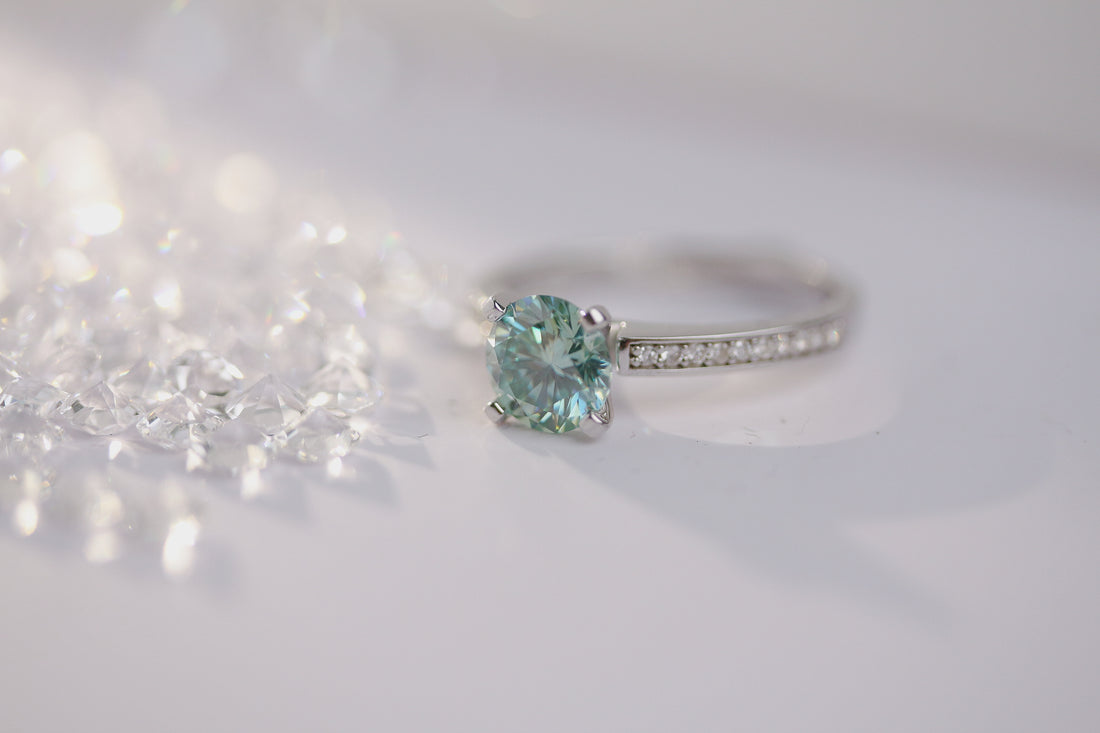When it comes to precious stones, color is one of the most important factors to consider. The color of a gemstone can affect its value, rarity, and overall aesthetic appeal. But how do you know if you're getting a high-quality stone? One way to determine the quality of a precious stone is by examining its color grade. In this blog post, we'll discuss how to read the color grading of a precious stone and what to look for when purchasing one.
What is Color Grading?
Color grading is the process of assessing the hue, saturation, and tone of a precious stone. In general, the more vivid and intense the color, the higher the value of the stone. For example, in diamonds, a lack of color is more desirable, while in colored gemstones, a rich and deep color is preferred.
The Gemological Institute of America (GIA) developed the standard grading system for diamond color, which has since been adopted by the jewelry industry worldwide. The GIA system rates diamond color on a scale from D (colorless) to Z (yellow or brown tint), with six categories in between.
How to Read Color Grading

To read the color grading of a precious stone, you need to know the color grading system for that particular stone. Here are the color grades for diamonds and what to look for:
-
D, E, and F – Colorless or nearly colorless stones. These stones are rare and expensive.
-
G, H, I, and J – Near colorless stones. These stones have a slight hint of color but are still high quality and affordable.
-
K, L, and M – Faint yellow stones. These stones have a noticeable yellow tint but are still beautiful and affordable.
-
N through Z – Light to fancy yellow stones. These stones have a more pronounced yellow or brown tint and are less valuable than colorless or near-colorless stones.
When purchasing a precious stone, it's important to consider not only the color grade but also the hue, saturation, and tone of the stone. These factors can affect the stone's overall beauty and value. For example, in colored gemstones, a pure, vibrant hue is preferred over a muted or brownish tone.
Conclusion
Understanding the color grading of a precious stone is essential when purchasing one, as it can significantly impact its value and overall beauty. By knowing how to read the color grade, you can make an informed decision and choose a high-quality stone that meets your needs and budget. With this knowledge, you can confidently select a precious stone that will be treasured for years to come.

